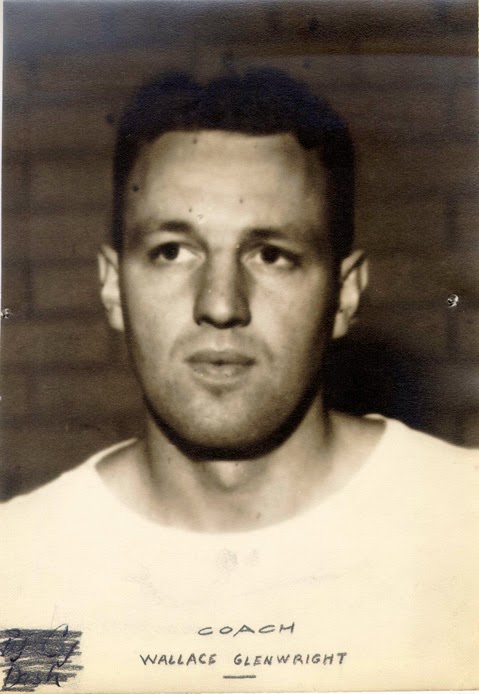Harley Hoffman took this aerial
picture of Sandusky High School from an airplane in 1957. Notes with the
original picture state that the airplane was going 200 miles an hour at the time
the picture was taken. The new Sandusky High School 2130 Hayes Avenue in 1957 Adams Junior
High School
Harley W. Hoffman had a photography business in
nearby Castalia in the 1950s. Mr. Hoffman took several other photographs of Sandusky High School
Industrial Arts students had a new large classroom, equipped with tools and workbenches:
Here is a view of the band room in
1957:
A brand new cafeteria awaited the
incoming students:
Visit the Sandusky Library
Archives Research
Center

 this blog
this blog


































